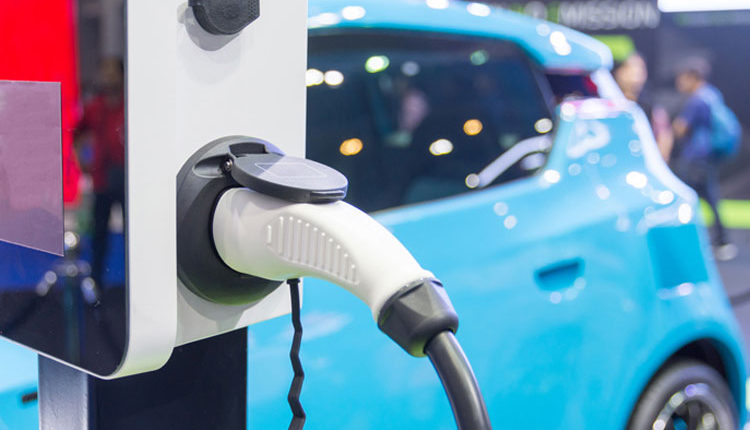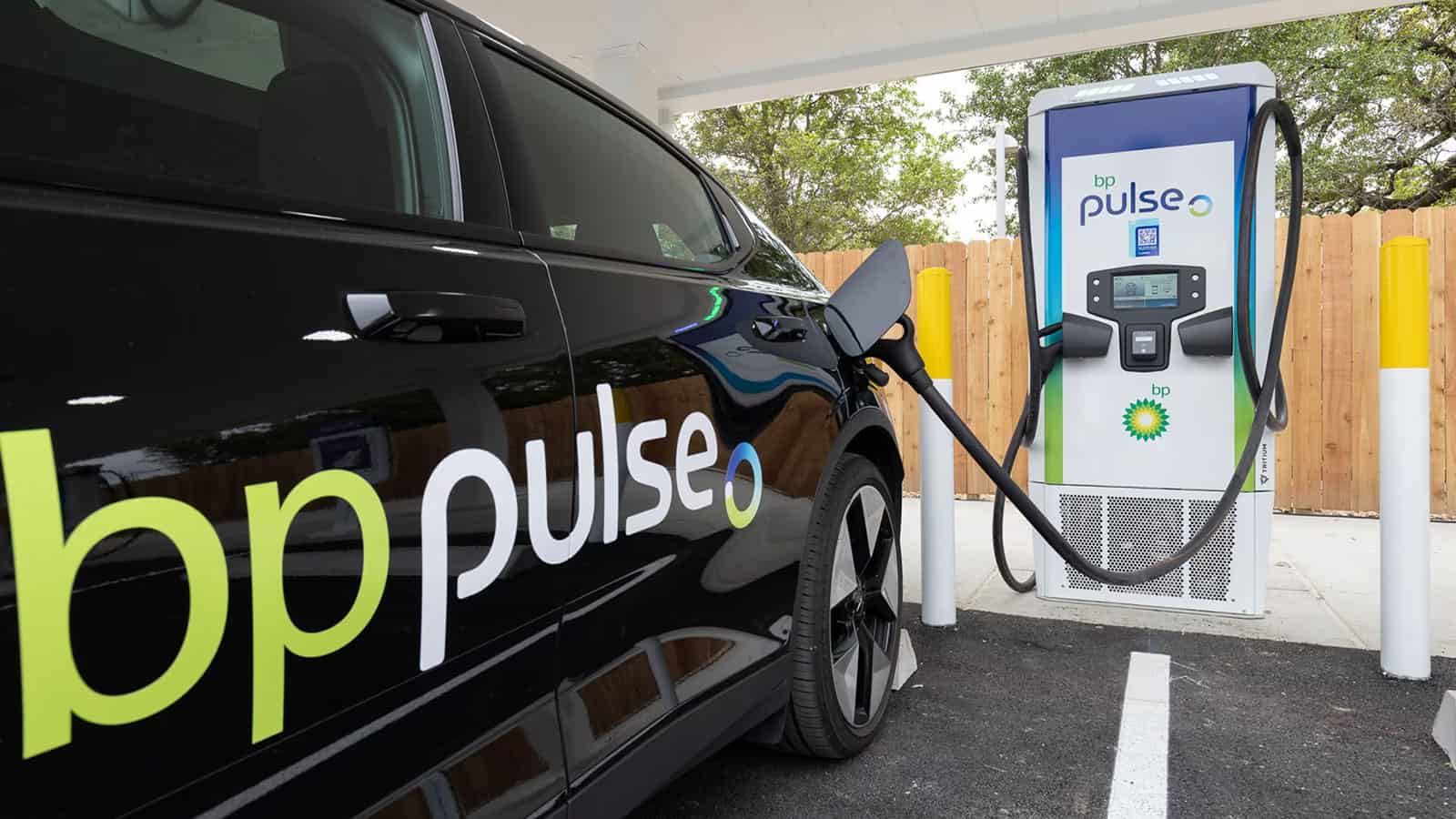Latest Trends and Insights You Need to Know Before You Buy EV Charging news
Latest Trends and Insights You Need to Know Before You Buy EV Charging news
Blog Article
Top EV Charging News: Secret Updates on Framework and Innovation

Recent Developments in Fast-Charging Innovation

Moreover, improvements in battery modern technology, including improved thermal administration systems and greater energy density batteries, enhance fast-charging capacities. These developments alleviate the threat of battery degradation during fast charging, making certain longevity and performance for EV owners.
In addition, the integration of smart charging options is boosting customer experience, enabling real-time monitoring and dynamic prices versions. EV Charging news. This adaptability allows drivers to enhance billing costs and times based on grid demand
As car manufacturers proceed to spend in fast-charging networks, the collaboration between market stakeholders is critical. Collaborations between billing terminal companies and auto suppliers are leading the way for extensive protection, ultimately fostering a much more robust EV environment. These improvements are crucial in sustaining the change to lasting transport.
Federal Government Campaigns for Billing Development
Federal government efforts play an essential duty in the development of electrical automobile (EV) charging infrastructure, facilitating the transition to lasting transport. Different federal and state programs are being executed to enhance charging accessibility, minimize the monetary concern on consumers, and advertise the fostering of electric vehicles.
Especially, the U.S. government has alloted considerable funding via the Facilities Investment and Jobs Act, which sets aside $7.5 billion for EV charging network development throughout the nation. This financing is targeted at releasing countless brand-new charging stations, especially in underserved areas, thus attending to range anxiety amongst potential EV customers.
Furthermore, numerous states are passing legislation to simplify the allowing process for billing station installments, which is important for accelerating implementation. Incentives such as tax debts and refunds for both customers and companies are likewise being presented to motivate the installment of charging facilities.
In addition, public-private partnerships are progressively coming to be a focus, leveraging personal financial investment to complement government financing. These campaigns underscore a collective strategy essential for developing a thorough and efficient EV billing network, ultimately contributing to a greener and more sustainable future.
Ingenious Battery Solutions Enhancing Performance
Revolutionizing the landscape of electric car (EV) innovation, cutting-edge battery remedies are considerably improving effectiveness and efficiency. Developments in battery chemistry, specifically with lithium-sulfur and solid-state batteries, are bring about increased energy density, which permits longer ranges and faster charging times. These new battery types have the potential to surpass conventional lithium-ion batteries by providing higher capabilities while minimizing weight, consequently enhancing general automobile effectiveness.
Additionally, advancements in battery administration systems (BMS) are enhancing power use and expanding battery life-span. Smart algorithms keep track of battery health and efficiency, making it possible for real-time changes to billing and discharging processes. This not just improves the effectiveness of the battery but also makes certain an extra trustworthy and sustainable power source for EVs.
Furthermore, the assimilation of reusing innovations is addressing the ecological influence of battery production and disposal. Developments in second-life applications for EV batteries are facilitating their usage in energy storage space systems, adding to a round economic climate.
As these ingenious battery options proceed to develop, they assure to change the EV market, making electrical automobiles much more enticing and available to a broader target market while supporting worldwide sustainability goals.

Cooperation In Between Automakers and Billing Networks
Identifying the critical need for a robust billing infrastructure, car manufacturers are significantly collaborating with billing network providers to enhance the EV possession experience (EV Charging news). These collaborations intend to produce a seamless charging ecosystem that benefits customers and sustains the shift to electric cars
Major auto brand names are signing up with forces with recognized charging networks to increase their charging station coverage, making certain motorists have access to reliable and hassle-free charging options. For circumstances, collaborations with networks like ChargePoint and Electrify America allow car manufacturers to incorporate charging remedies directly into their lorries' navigation systems, guiding customers to the closest stations and supplying real-time availability updates.
Moreover, these collaborations usually lead to the growth of fast-charging technologies that dramatically decrease the moment needed to charge an EV. By merging resources and expertise, automakers and billing networks can innovate much faster, creating options that fulfill the growing need for electrical movement.
On top of that, joint campaigns may likewise bring about more standard billing protocols, which can minimize customer complication try here and advertise wider EV adoption. In general, these calculated partnerships are pivotal in building a reliable and user-friendly billing framework that meets the requirements of a broadening electrical lorry market.
Challenges Facing EV Charging Facilities
As the electrical vehicle market remains to grow, a number of obstacles are appearing that prevent the development of an extensive charging facilities. One of the main challenges is the inadequate number of charging stations, especially in underserved and rural urban areas. This gap creates range anxiety amongst possible EV customers, deterring them from making the button.
In addition, the absence of standardization in billing innovation complicates the facilities landscape. Variations in plug types and billing rates can develop complication for individuals and enhance operational intricacies for billing network drivers. Additionally, the combination of charging terminals right into existing electrical grids positions significant obstacles. Lots more info here of regions face ability restrictions, requiring significant financial investments in grid upgrades to accommodate increased need.
Another pushing issue is the high expense connected with the installment and maintenance of billing stations, which can be an obstacle for both public entities and personal businesses. Lastly, regulatory obstacles and zoning restrictions can delay the release of charging framework, hindering progression in expanding crucial services. Resolving these difficulties will be important for promoting a durable EV ecosystem that sustains the shift to lasting transport.
Final Thought
To conclude, the recurring developments in EV charging technology, supported by significant federal government initiatives and innovative battery solutions, are essential for the growth and efficiency of description electrical lorry facilities. Cooperations in between car manufacturers and charging carriers further improve terminal insurance coverage, resolving the growing demand for available billing choices. Despite difficulties that persist within the EV billing landscape, these growths symbolize a favorable trajectory towards a much more efficient and lasting electric lorry ecosystem.
Advancements in billing facilities have actually led to the advancement of ultra-fast battery chargers qualified of providing up to 350 kW of power, significantly reducing billing times. Variants in plug types and billing rates can produce complication for users and increase operational intricacies for billing network drivers.In conclusion, the recurring innovations in EV billing innovation, sustained by considerable government initiatives and innovative battery options, are crucial for the expansion and effectiveness of electrical car facilities. Cooperations between car manufacturers and charging carriers further improve terminal protection, resolving the expanding need for obtainable charging alternatives. Regardless of difficulties that persist within the EV billing landscape, these advancements indicate a favorable trajectory in the direction of an extra efficient and lasting electrical car environment.
Report this page